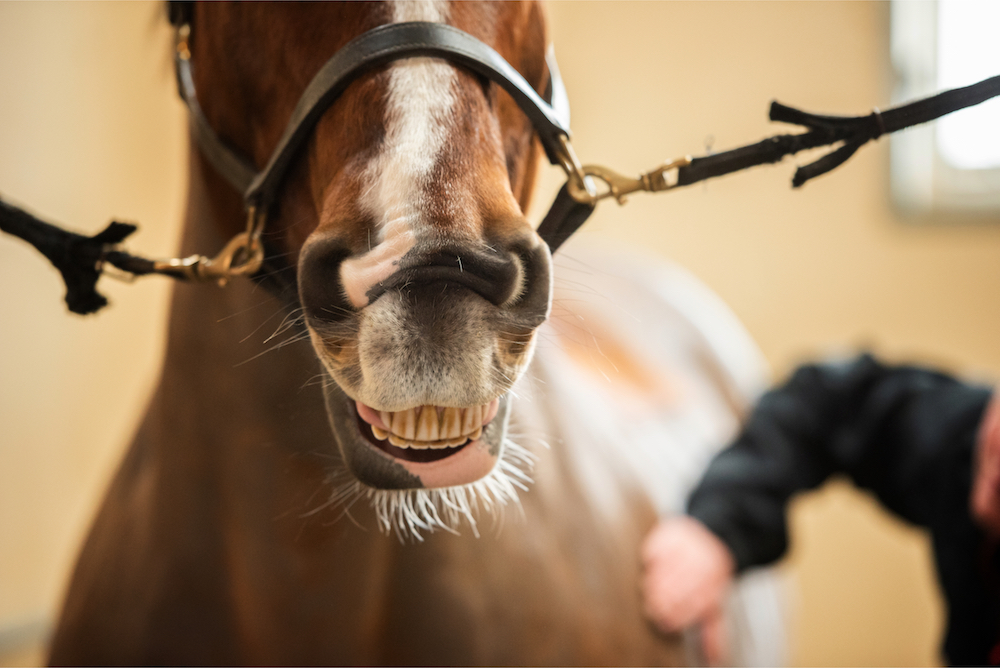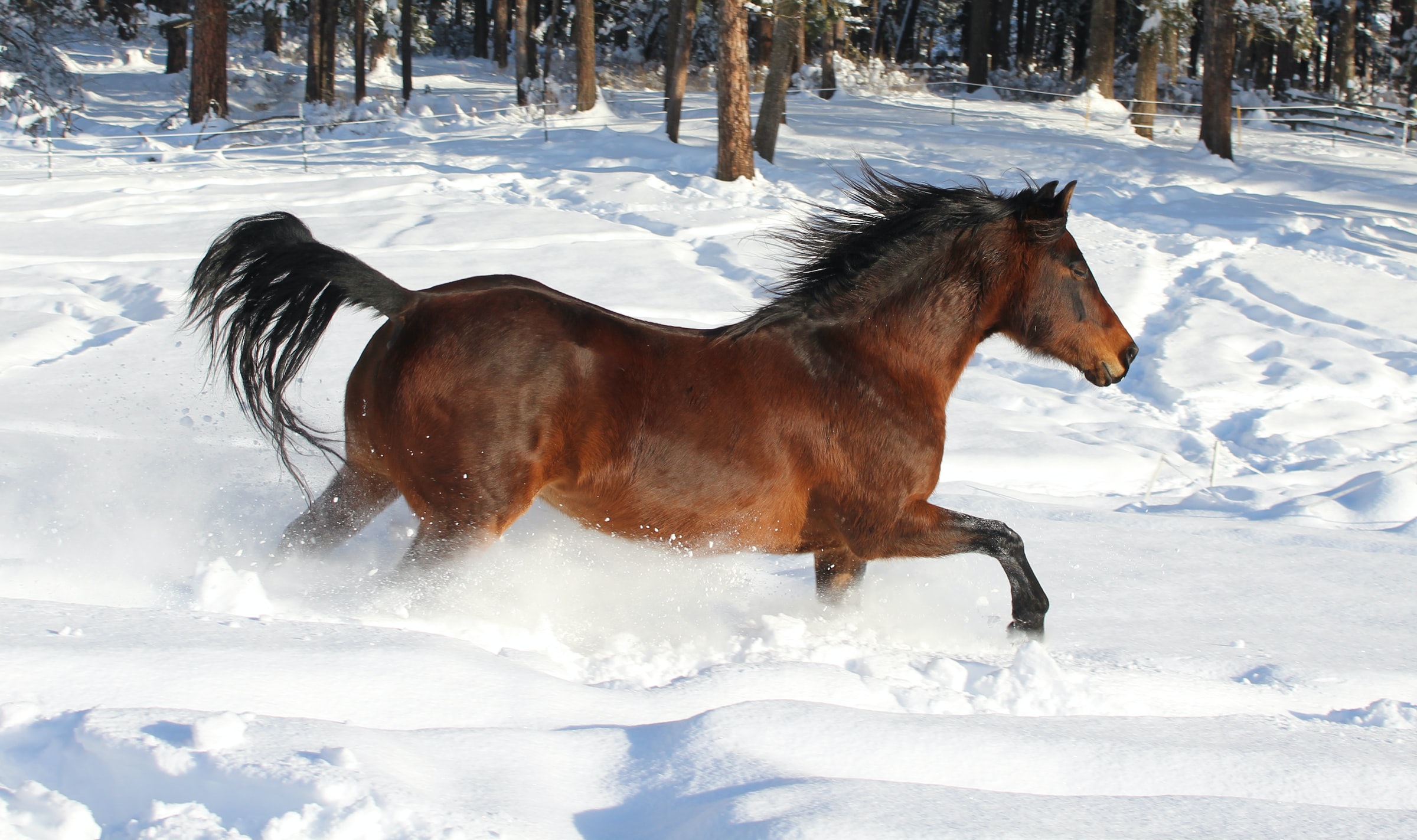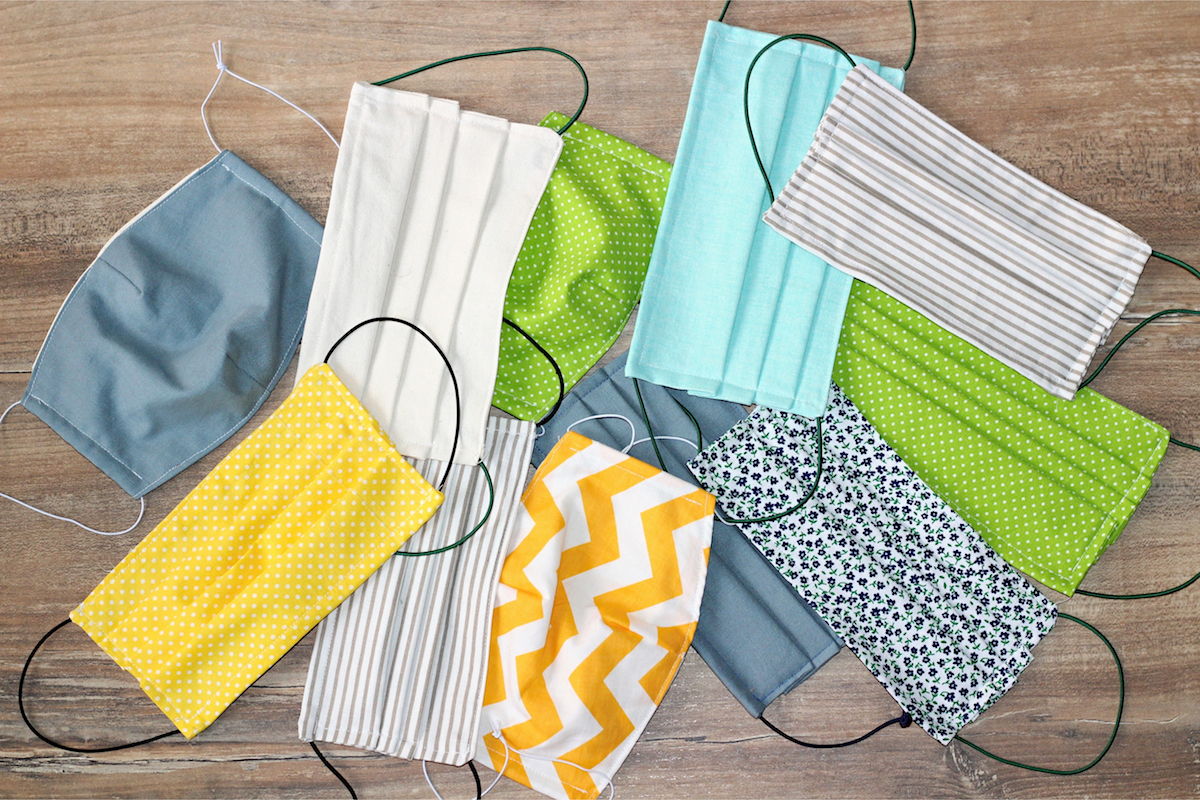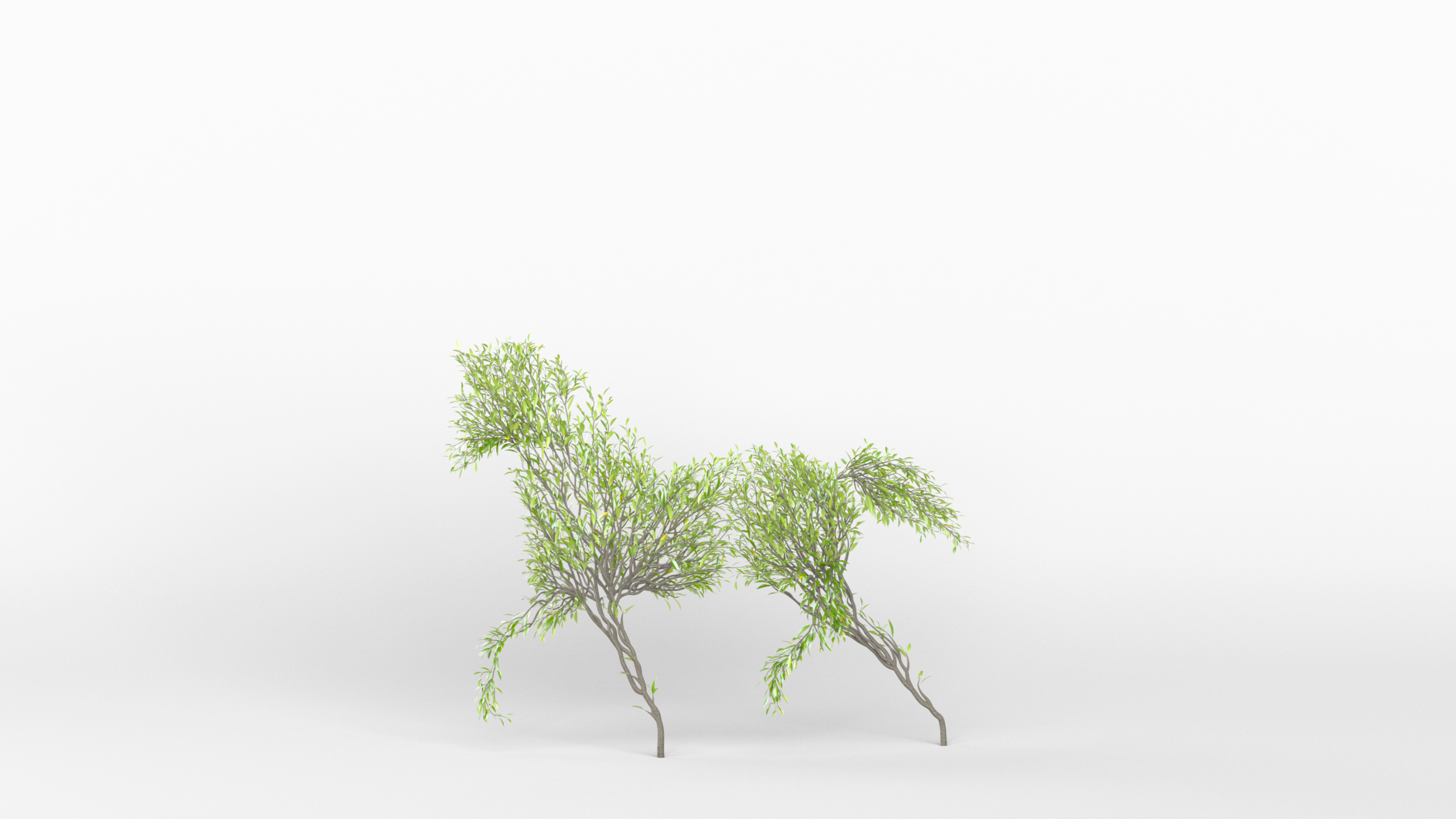Those of us fortunate enough to quarantine in the same vicinity as our beloved grass-guzzlers are familiar with social distancing, since isolation is fairly typical—albeit self-imposed—on one’s own farm. It is much easier to manage the comings and goings of vets and farriers and other visitors that require access to the barn, our interactions are limited, and there is always a project to keep us busy. However, the reality is that many riders boarding in commercial barns currently have limited or no access to a pastime that provides the very therapy we all need right now: fresh air, sunlight, exercise, and a mental lift during times of stress.
With that in mind, we wanted to keep the topic light this week and offer something both digestible and useful for those experiencing a pause or an inconsistency in riding: a quick primer on equine body work. Recently, we discovered the advantages of equine rolfing and began incorporating that into our rotation of monthly maintenance routines, even with the occasional visit from our favorite massage therapist. This prompted us to explore the advantages of complementary therapies for the purpose of both preventative and regenerative measures, resulting in the brief glossary below. There is so much more to understand, and so we intend to have an in-depth conversation with experts in each area, for a more comprehensive series on equine body work.
In the meantime, while competitions are on hold until the dust settles, and we school or hack as we are able, perhaps now is an opportune moment to reach out to a local equine therapist to see how your horse can benefit from an extra bit of TLC.
Massage
Symptoms:
Struggling to pick up or refusing the correct lead at the canter, unusual behavior such as biting or pinning ears back when saddling up, and limited range of flexibility on one side are just a few visible examples.
Who to Call:
According to Casey Daugherty, a certified equine sports massage therapist who services clients between Minnesota and South Carolina, animal massage isn’t regulated anywhere in the U.S. Therefore, seeking out professionals who are certified in proper techniques is wise, and a background in equine science is a plus.
Treatment & Cost:
Most certified therapists recommend therapeutic massage at least once a month for preventative care, and more often depending on a horse’s specific condition and needs. One session can run anywhere from $100 to $150 dollars, sometimes with a recommended series of treatments.
Expected Results:
Therapeutic massage stimulates circulation, which aids in the healing of injuries. It also relieves pain and tension, improves range of motion, enhances muscle tone, encourages relaxation, and can build trust in nervous horses as well as strengthen bonds with owners who maintain certain stretching and massage “homework” in between visits. Something for which horses of all disciplines, from pleasure to performance, can benefit.
Rolfing
Symptoms:
A lack of enthusiasm, noticeably unbalanced, a shortness of stride, and not exhibiting 100% of typical personality or performance.
Who to Call:
Rolfers work with fascia, which surrounds and gives shape to muscles, bones, and organs. An equine rolfer should be trained and certified in this specialty, and ideally have an understanding of horses in general.
Treatment & Cost:
Like most preventative and rehabilitative therapies, a steady cadence of work is recommended. Chris DeFilippis, certified by The Equine Natural Movement School in Washington Stateprefers, recommends a course of five treatments, with one or two a week to start, upon the horse’s assessment, which includes seeing the horse longed or under saddle first if possible, and in between sessions, to track improvement. A rolfing session varies by practitioner, but one can expect to pay approx. $125.
Expected Results:
Rolfing frees up fascial holding patterns, which allows these sheets of tissue to glide over each other, giving the horse more freedom of movement, balance, power and rhythmic grace. Most horse owners familiar with rolfing are concerned that it will be a painful experience for the horse. DeFilippis reassures that horses may need to work through some discomfort before a release. Ultimately, a horse will become “in shape” and able to make different choices about how he or she moves henceforth.
Pulsed Electromagnetic Field Therapy (PEMF)
Symptoms:
Often described as “a massage for the cells,” PEMF has been used to penetrate at the cellular level for the purpose of healing what one cannot see or feel: low cellular function which may be caused by stress, injury, illness, or muscular imbalance. Because cell function can be disrupted by a variety of issues, PEMF is promoted as helping the body self-heal. Therefore, PEMF has become accepted as an easy, drug-free, and complementary tool to various treatments for the restorative care of many conditions in equine athletes.
Who to Call:
The natural healing effects of magnetic therapy have been practiced around the world for centuries, with the use of PEMF on people and animals having only recently gained momentum in the U.S. However, the jury is still out among many licensed therapists and veterinarians who are skeptical of PEMF and point out that not all machines and devices are the same. Some environments, such as race tracks, only allow qualified veterinarians or licensed vet technicians to administer PEMF. In many cases, a local equine clinic or equine therapist can recommend a PEMF specialist.
Treatment & Cost:
Powerful pulsed energy waves are delivered directly to a point of injury or area of the body via coils in flexible, specialty mats, tubes, pads, blankets, or boots. The electromagnetic waves repair the active metabolism needed for a damaged cell to invite nutrients and omit waste, while at the same time increasing blood flow. A session can last anywhere from 30-90 minutes depending on specific goals, and costs vary by amount of time and work, anywhere from $40 for legs only to $100 for full body.
Expected Results:
Since PEMF goes deep into the body to stimulate cell regeneration, horse owners have noticed improvements to many conditions: pain relief, decreased inflammation, enhanced muscle function, endurance and strength, accelerated wound healing, and digestive and immunity issues to name a few.
Cold Laser Therapy
Symptoms:
Cold laser therapy (or low-level laser therapy or LLT) is often administered for the healing of injuries, to decrease inflammation, and for pain relief. Horses with tendon/ligament damage, arthritis, back pain, or open wounds are candidates for cold laser therapy.
Who to Call:
There are many classes of laser therapy based on the wavelength of the light emitted, with higher levels capable of damaging eyes and skin, and used primarily to cut or destroy tissue. These should only be administered by a licensed veterinarian. Among lower light levels, cold laser therapy is noninvasive and does not generate heat, making it safer to operate. However, laser devices should be handled by a professional, or horse owners should be trained in cold laser therapy application with proper tools and eye protection.
Treatment & Cost:
Cold laser therapy accelerates healing by delivering low wavelengths of light (808nm and 650nm) to stimulate cells in the area in need of recovery. This improves circulation, increases oxygen supply to tissue, aids in waste removal, activates lymphatic drainage, and reduces pain. Sessions are approximately ten to fifteen minutes and average $40 per session, often daily, and depend on the type of injury and area of the body. Cold laser therapy devices are portable, so treatment can be done at the barn. There are no side effects, and there is no need for sedation.
Expected Results:
It has been published that results are clearly visible, with changes in a horse’s behavior immediate noticeable following cold laser therapy treatment.







![Happy 50th: [Earth]day Documentaries to Binge This Weekend](https://outsiderein.com/wp-content/uploads/2020/04/shutterstock_1320709772-scaled-e1586521118622.jpeg)
